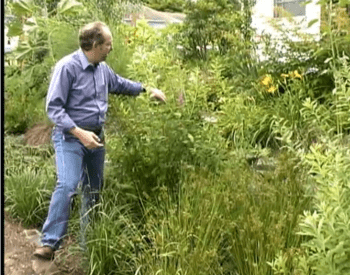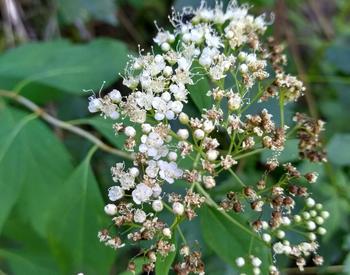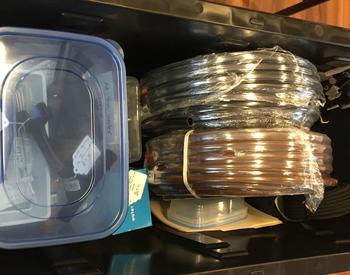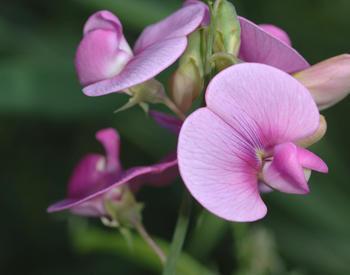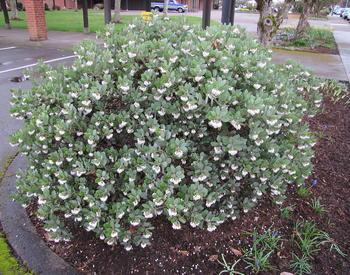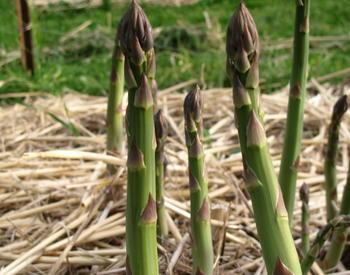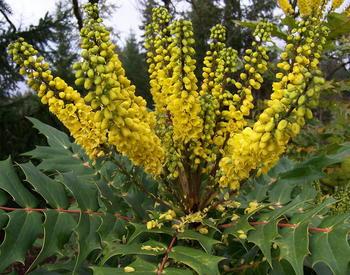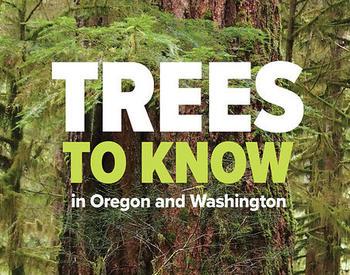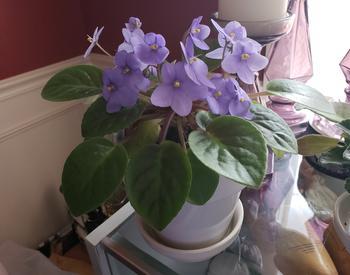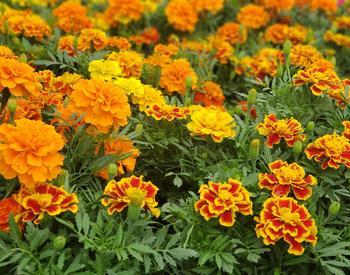CORVALLIS, Ore. – An Oregon State University Extension Service publication provides guidance for making home exteriors more fire-wise without compromising curb appeal.
In areas where wildfire threat is high, homeowners must work to balance fire-wise landscapes with surrounding yards that complement their home. This includes proper selection, location and maintenance of plants, which can be difficult for homeowners to navigate.
“For some creating a ‘fire-wise’ landscape might seem like very limited plant choices, more sterile appearances,” said Amy Jo Detweiler, an Extension horticulturist in Central Oregon and lead author of “Fire-resistant Plants for Home Landscapes.”
But creating a fire-wise landscape is possible while still maintaining variation in color, texture, plant type and providing privacy to residents, Detweiler said, adding that the publication allows residents to incorporate their own preferences and styles.
The pictorial guide walks residents through selection of fire-wise plants and how to plant, space and maintain them to create a fire-wise landscape. The publication highlights issues like shrubs that are too close to homes, trees touching roof lines and woody mulches that are fire-prone.
“The idea of creating a fire-wise landscape is starting the landscape further from the home and thinking about plant materials that are going to be less flammable to include in the landscape,” Detweiler said. “You think about placement, design and plants you are putting in the landscape.
“If you want to utilize all native plant materials, or do plants with certain colors, you can go through the guide and make those decisions about the look you want to see in your landscape,” Detweiler said.
Every plant in the publication has research behind its ability to contribute to a fire-wise defensible space around your home.
“I hope it empowers people to make confident decisions. I feel like this guide is an intersection of variables to create an environmentally sound landscape,” Detweiler said.
Tools for homeowners
The publication provides tools to homeowners in both rural and urban areas. These tools can range from maintaining clean rain gutters to using decorative rock instead of wood bark mulch close to buildings. There are also tips to how to avoid and remove ladder fuels-fuels that spread fire from the ground to higher spaces, like canopies of trees.
“I am hoping this helps educate folks on learning what plants to have in a fire-wise landscape and increases the safety for both homeowners and the fire crews,” Detweiler said.
The co-authors each brought “unique elements to the introduction and the guide,” according to Detweiler.
“Each of us thought of different aspects to a fire-wise landscape that a homeowner might need,” she said.
The co-authors included:
- Stephen Fitzgerald, OSU Extension silviculture specialist and director of OSU College of Forestry Research Forests
- Ariel Cowan, OSU Extension regional fire specialist
- Neil Bell, retired OSU Extension horticulturist
- Thomas Stokely, forest ecologist, The Nature Conservancy

